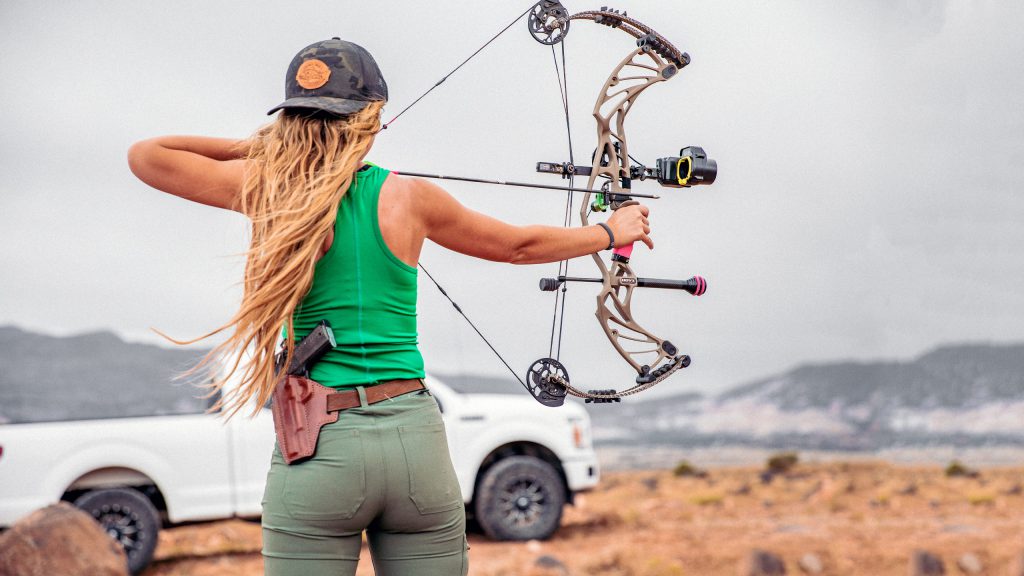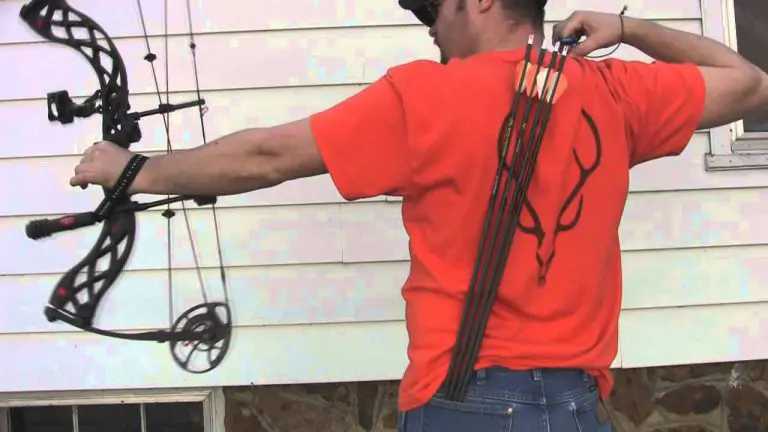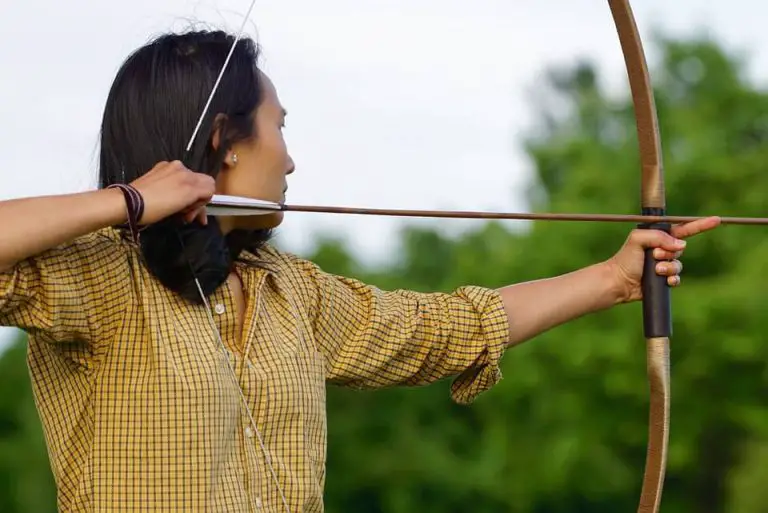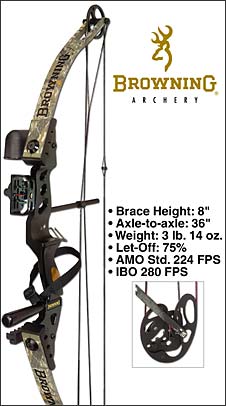How To Carry Bow While Hunting
When it comes to hunting with a bow, knowing how to carry it properly is key. The way you carry your bow can determine not only your comfort but also your safety in the hunting field. In this article, we will navigate through the intricate world of compound bows, exploring their mechanics, advantages, and the best techniques for carrying them while on a hunting expedition. So, whether you’re a seasoned archer or a novice, let’s unlock the secrets to a successful and enjoyable hunting experience.
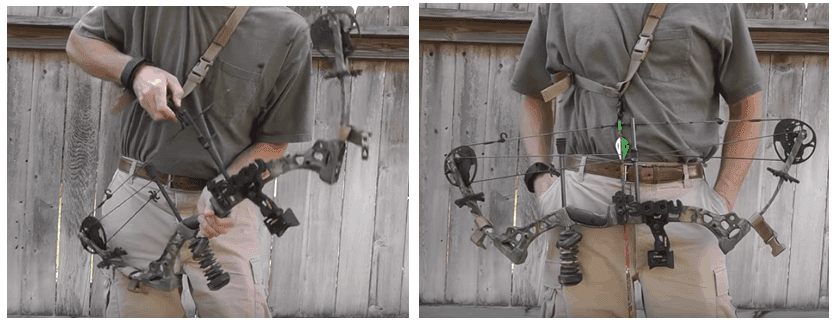
The Compound Bow: A Fusion of Innovation and Tradition
The world of archery boasts a rich tapestry of history, with the bow being one of humanity’s earliest tools for hunting and warfare. Amidst this backdrop, the compound bow emerges as a testament to the innovative spirit of modern archery, blending age-old principles with cutting-edge technology. This guide dives into the intricate world of compound bows, explaining their mechanics, advantages, and why they have become the preferred choice for many archers.
What is a Compound Bow?
A compound bow is characterized by a system of cables, pulleys, and cams that assist the archer in holding a high poundage at full draw. Unlike traditional bows, where the draw weight increases as you pull back, compound bows reach a peak weight and then “let-off” to a lower holding weight, allowing the archer to take more time when aiming.
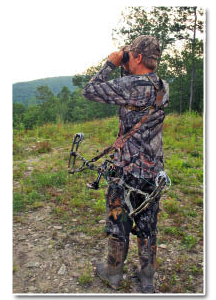
Key Components:
Limbs:
Unlike the straight limbs of a longbow or the curved limbs of a recurve, compound bow limbs are much stiffer, providing the power behind the arrow. The stiffness of the limbs contributes to the bow’s overall efficiency and speed.
Cams:
Cams are the oval-shaped devices that rotate as the bow is drawn. They dictate the draw cycle’s feel and the bow’s overall performance. The cam system used in a compound bow determines the let-off percentage and influences the speed and smoothness of the bow’s draw.
Cables & Strings:
These are integral to the functioning of the cams, transferring energy to the limbs and arrow during a shot. Cables and strings play a crucial role in the overall performance and accuracy of the compound bow. It’s important to regularly inspect and maintain them to ensure optimal performance.
Riser:
The riser is the central part of the bow, usually made of aluminum or carbon, to which limbs, sights, stabilizers, and other accessories are attached. It provides stability and strength to the entire bow structure.
Advantages of Compound Bows:
Power & Speed:
One of the most significant advantages of compound bows is their ability to generate immense power. The design of the cams and the let-off mechanism allow the archer to hold a higher draw weight, resulting in the arrow being propelled at tremendous speeds. The combination of power and speed makes compound bows ideal for hunting and long-distance shooting.
Accuracy:
The mechanical advantage and the ability to hold the bow at full draw for longer periods allow for better aiming. The let-off at full draw reduces the muscle fatigue, enabling archers to focus on their target and aim precisely. The consistent and repeatable shot cycle of compound bows contributes to enhanced accuracy, making them popular among target archers as well.
Compact Design:
Compound bows are known for their compact design. The shorter limb design makes them more manageable in tight spaces, like hunting blinds or dense forests. The ease of maneuverability and the ability to shoot from awkward angles make compound bows a preferred choice for archers who hunt or shoot in challenging environments.
Adjustability:
Many compound bows allow for adjustments in draw length and draw weight. This adjustability makes compound bows suitable for a wide range of archers, from beginners to experienced shooters. Being able to fine-tune the bow to your specific requirements improves comfort, accuracy, and overall shooting experience.
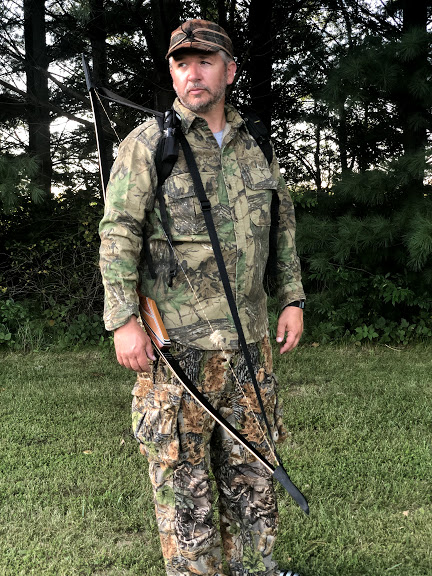
Choosing the Right Compound Bow:
Purpose:
The first step in choosing the right compound bow is to determine its intended purpose. Are you targeting big game, participating in target archery, or maybe bowfishing? Different purposes may require specific features and specifications in a compound bow, so it’s essential to consider your intended use before making a purchase.
Draw Length:
Ensure the bow fits your personal draw length. Draw length is the distance from the bowstring at full draw to the grip on the handle. Incorrect sizing can affect accuracy and comfort. Most compound bows offer adjustable draw lengths, but it’s crucial to find a bow that accommodates your specific measurements.
Draw Weight:
Start with a weight you can pull back comfortably and consistently. The draw weight refers to the force needed to pull the bowstring to full draw. It’s important to find a draw weight that suits your physical strength and skill level. Starting with a weight that is too heavy can result in poor shooting form and lack of accuracy.
Let-off:
Let-off is the percentage of weight reduced when the bow is at full draw. A higher let-off allows you to hold the bow drawn for longer with less effort, which can be beneficial for hunters or target archers who need to aim for extended periods. However, it’s important to find the right balance of let-off that suits your shooting style and preferences.
Maintenance & Care:
Compound bows, with their intricate design, require regular maintenance to ensure optimal performance and longevity. Here are a few maintenance tips to keep in mind:
- Periodically inspect strings, cables, and cams for wear and tear. Replace any damaged or frayed components to avoid potential accidents or bow malfunctions.
- Lubricate moving parts as needed. Applying bow wax or similar lubricants can help prevent excessive friction and maintain smooth operation.
- Keep your compound bow clean and free from dirt, dust, and debris. Regularly wipe down the bow and its components using a soft, lint-free cloth.
- Consider professional tuning once a year. A professional bow technician can ensure that your compound bow is properly adjusted and functioning at its best.

A Word on Safety:
The power of a compound bow should never be underestimated. It is crucial to prioritize safety when using a compound bow. Here are some important safety guidelines to follow:
- Always use arrows recommended for your specific bow’s draw weight. Using incorrect arrows can lead to bow damage or personal injury.
- Ensure your shooting lane is clear of any obstructions or people. Be aware of your surroundings and always be sure of what lies beyond your target.
- Never dry fire a compound bow. Dry firing refers to releasing the string without an arrow in place. It can cause severe damage to the bow and potentially injure the archer.
- Familiarize yourself with proper shooting techniques and form. Seek guidance from a qualified instructor or watch instructional videos to ensure you are using correct archery mechanics.
Conclusion:
The compound bow, since its invention in the 1960s, has revolutionized the archery world. It’s a tool that respects tradition while embracing the advantages of modern technology. Whether you’re a seasoned archer or just beginning your journey, the compound bow offers a unique and thrilling experience. Remember to choose the right compound bow based on your purpose, ensure proper maintenance and care, and prioritize safety at all times. Happy shooting!
